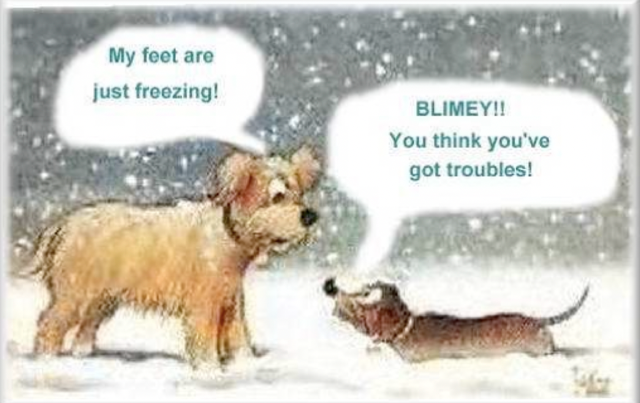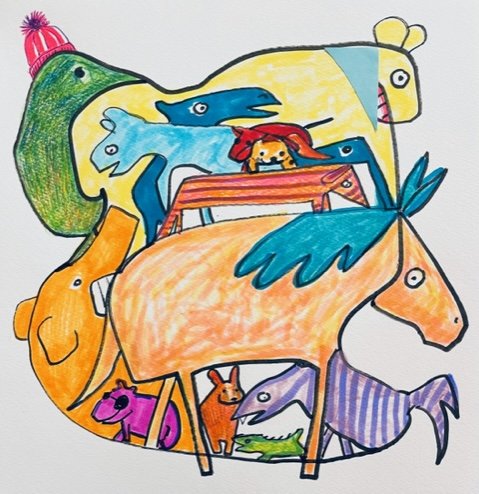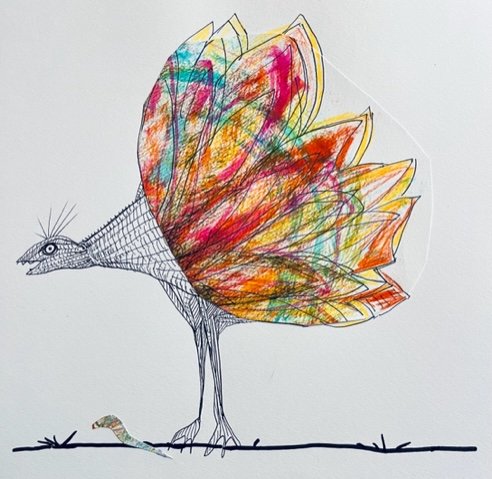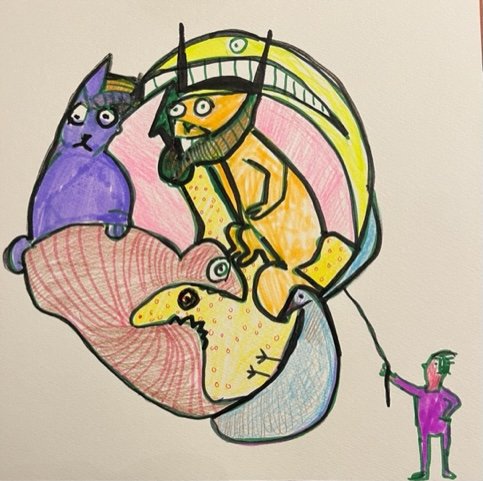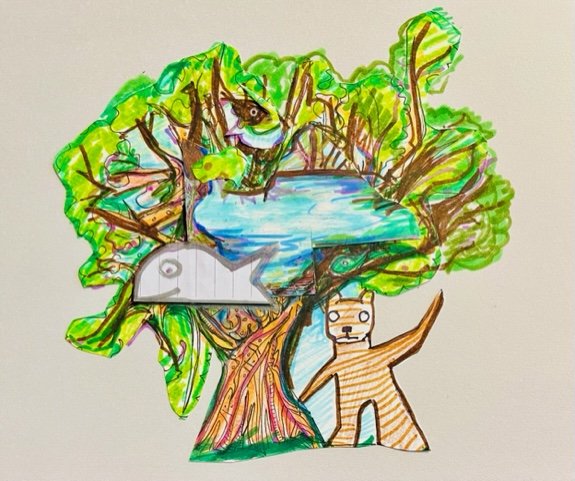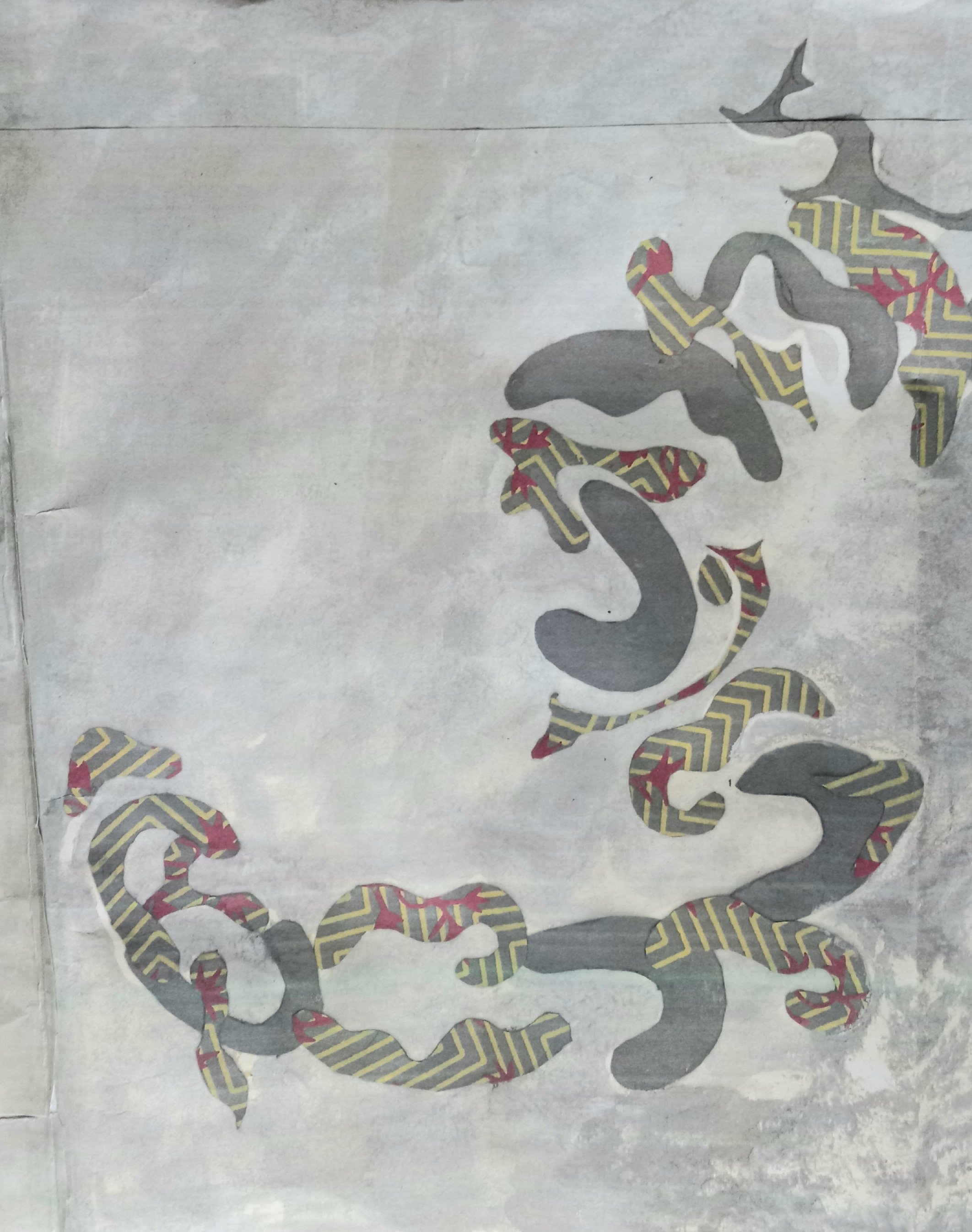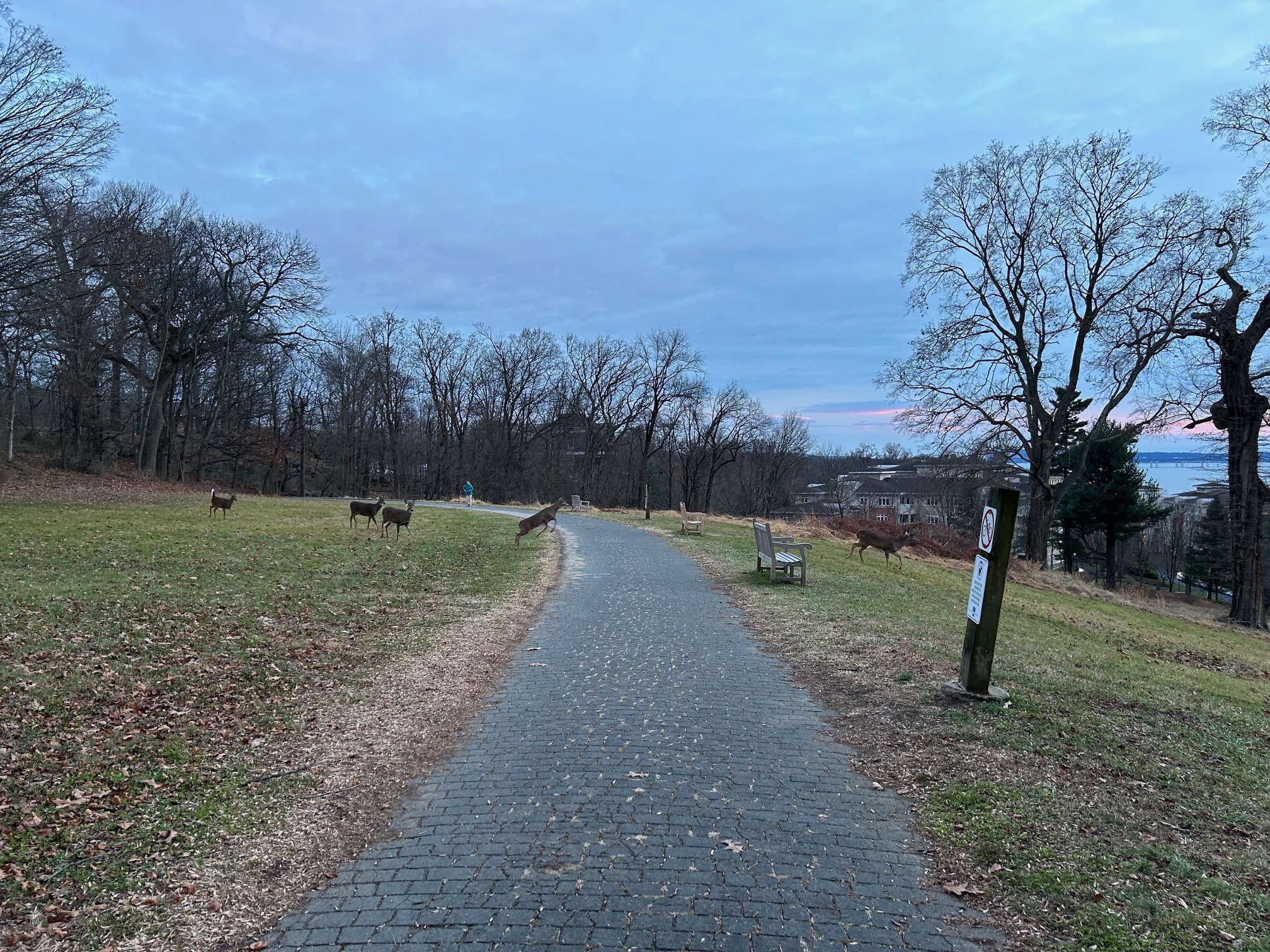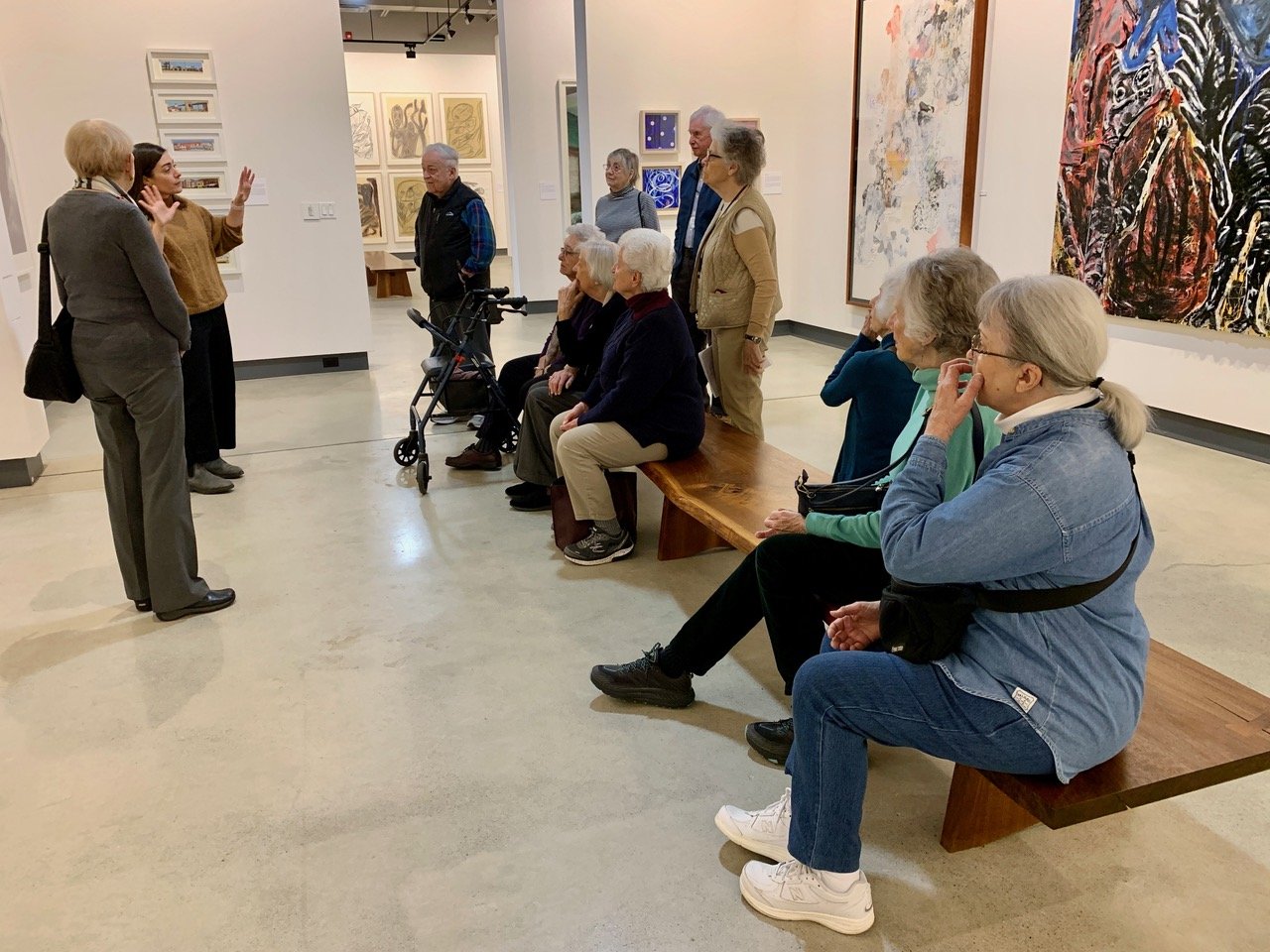Sharpen your pencils and your minds, all in one go, on National Crossword Puzzle Day, commemorating the birth of the challenging word game enjoyed by millions wordwide. These amazing word twisters allow you to both expand your vocabulary and your problem-solving skills. There’s nothing like a crossword to start the day with your morning coffee, something to get the old gears going.
The phrase “cross word puzzle” was first written in the US in 1862 by Our Young Folks magazine. Crossword-like puzzles, for example “Double Diamond Puzzles,” appeared in the magazine St. Nicholas since 1873. Another crossword puzzle appeared on September 14, 1890, in the Italian magazine Il Secolo Illustrato della Domenica. It was designed by Giuseppe Airoldi and titled “Per passare il tempo” (“To pass the time”). Airoldi’s puzzle was a 4-by-4 grid with no shaded squares; it included horizontal and vertical clues. Crosswords in England during the 19th century were of an elementary kind, apparently derived from the word square, a group of words arranged so the letters read alike vertically and horizontally, and printed in children’s puzzle books and various periodicals.
On December 21, 1913, Arthur Wynne, a journalist born in Liverpool, England, published a “word-cross” puzzle in the New York World that embodied most of the features of the modern genre. This puzzle is frequently cited as the first crossword puzzle, and Wynne as the inventor. An illustrator later reversed the “word-cross” name to “cross-word.” The term crossword first appeared in the Oxford English Dictionary in 1933.
Crossword puzzles became a regular weekly feature in the New York World, and spread to other newspapers. The Pittsburgh Press, for example, was publishing them at least as early as 1916, and The Boston Globe by 1917. By the 1920s, the crossword phenomenon was starting to attract notice. The first book of crossword puzzles was published by Simon & Schuster in 1924, after a suggestion from co-founder Richard Simon’s aunt. Initially skeptical that the book would succeed, the publisher only printed a small run at first. The book included a pencil and was an instant hit, leading crossword puzzles to become a craze of 1924. To help promote its books, Simon & Schuster also founded the Amateur Cross Word Puzzle League of America, which began the process of developing standards for puzzle design.
In The New Yorker’s inaugural issue, in 1925, the “Jottings About Town” section observed, “Judging from the number of solvers in the subway and ‘L’ trains, the crossword puzzle bids fair to become a fad with New Yorkers.” The same year, the New York Public Library reported that “The latest craze to strike libraries is the crossword puzzle,” and complained that when “the puzzle ‘fans’ swarm to the dictionaries and encyclopedias so as to drive away readers and students who need these books in their daily work, can there be any doubt of the Library’s duty to protect its legitimate readers?” A 1924 New York Times editorial complained of the “sinful waste in the utterly futile finding of words the letters of which will fit into a prearranged pattern, more or less complex.” A clergyman called the working of crossword puzzles “the mark of a childish mentality” and added, “There is no use for persons to pretend that working one of the puzzles carries any intellectual value with it.”
However, by 1925, 9 Manhattan dailies and 14 other big newspapers were carrying crosswords, and quoted opposing views as to whether “This crossword craze will positively end by June!” or “The crossword puzzle is here to stay!” The New York Times finally finally ended its criticism of crossword puzzles and began to publish its own on 15 February 1942, spurred on by the idea that the puzzle could be a welcome distraction from the harsh news of World War II.
The British cryptic crossword was imported to the US in 1968 by composer and lyricist Stephen Sondheim in New York magazine. A cryptic crossword is a crossword puzzle in which each clue is itself a word puzzle. Until 2006, The Atlantic Monthly regularly featured a cryptic crossword “puzzler.”
Many tout the benefits of crossword puzzles. Not only are they fun, but challenging crossword puzzles may help delay the effects of dementia or sharpen the brain for problem-solving. They can also increase vocabulary and even relieve the mind from the day’s stress by focusing on something other than worldly problems.
December 22: National Date Nut Bread Day










